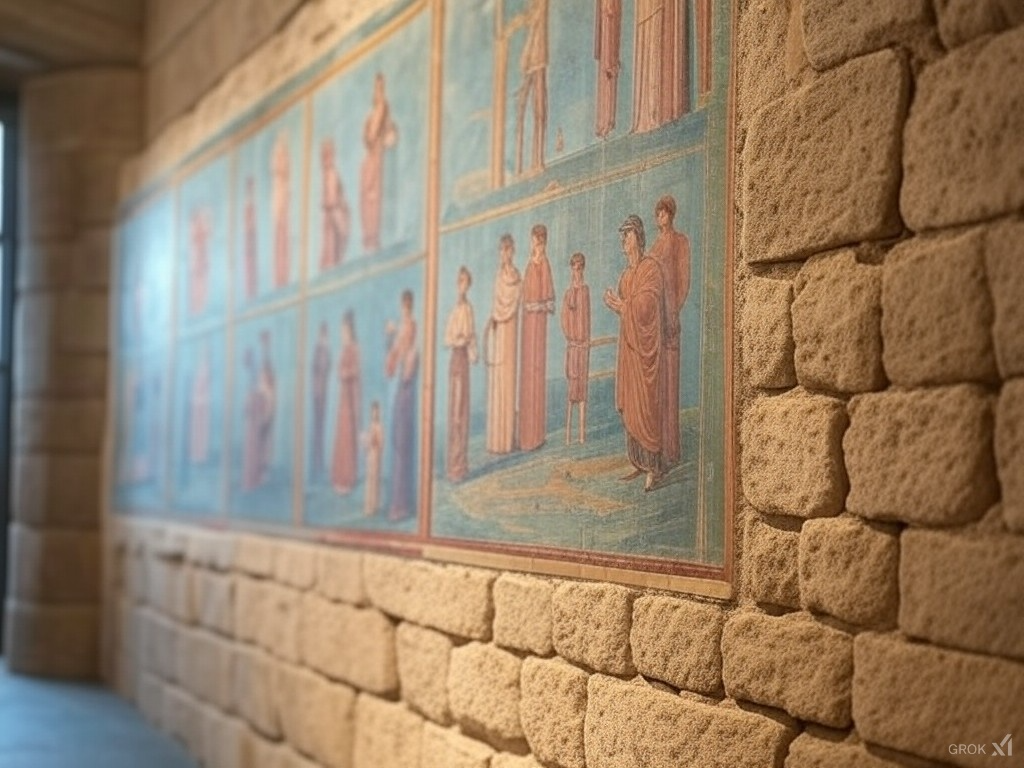Rediscovering Ancient Pigments
Ancient civilizations infused their art and architecture with vibrant colors, creating striking visual experiences that have largely faded with time. While today we often see classical sculptures in stark white marble and Egyptian tombs in subdued tones, these works were originally adorned with a rich palette of pigments.
Greek Statues: A Lost Vibrancy
Contrary to popular belief, Greek statues were not left in their natural marble state but were vividly painted. Using natural pigments like ochre, cinnabar, and lapis lazuli, artisans detailed their sculptures with lifelike hues. Modern technology, including ultraviolet light and pigment residue analysis, has helped researchers uncover traces of these once-brilliant colors, revealing a tradition known as polychromy.
Egyptian Tombs: Symbols in Color
In ancient Egypt, color was more than decoration—it held symbolic meaning. Artists used minerals like malachite for green, iron oxides for red and yellow, and ground lapis lazuli for deep blues. These colors were applied to tomb walls and statues to ensure the deceased's safe journey to the afterlife, with each shade representing specific spiritual concepts.
Techniques and Materials
Ancient artisans sourced pigments from minerals, plants, and even insects. They mixed these raw materials with binders like egg yolk or animal glue to create durable paints. Over time, exposure to sunlight, moisture, and erosion caused these colors to fade, leaving behind the monochrome remains we often associate with antiquity.
The Modern Revival of Ancient Colors
Recent advances in imaging technology and chemical analysis have allowed historians to reconstruct the original color schemes of ancient artworks. Museums now create digital restorations and physical reproductions to showcase how these masterpieces originally appeared, offering a more accurate view of ancient artistic achievements.
A Legacy in Color
The rediscovery of color in ancient art challenges long-held perceptions and provides deeper insight into the aesthetics and symbolism of past cultures. By understanding how pigments were used, we gain a richer appreciation for the artistic mastery of ancient civilizations and their enduring influence on modern art and architecture.







